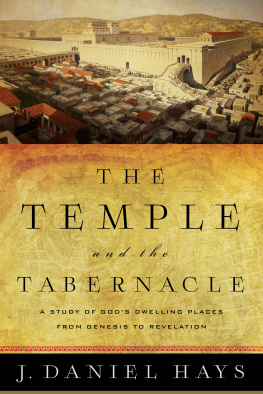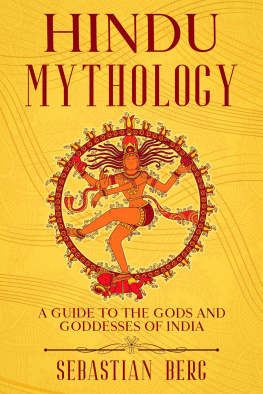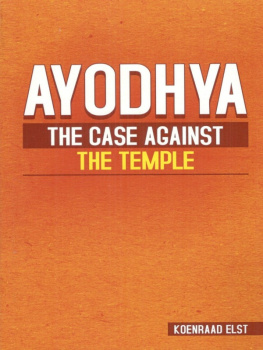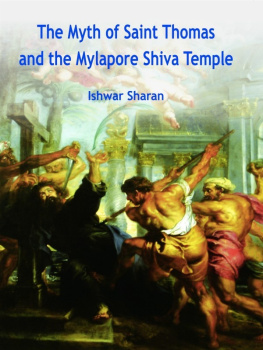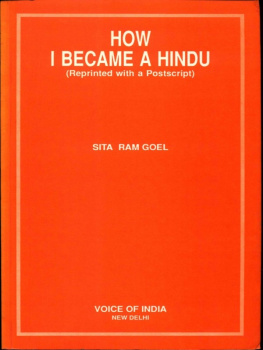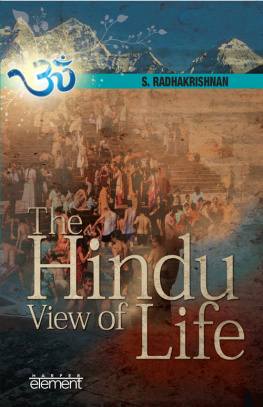A PLACE FOR OUR GODS
Centre of South Asian Studies,
School of Oriental and African Studies,
University of London
LONDON STUDIES ON SOUTH ASLA
7. Muslims and Missionaries in Pre-Mutiny India
Avril A. Powell
8. A Place for our Gods
Malory Nye
LONDON STUDIES ON SOUTH ASIA NO.8
A PLACE FOR OUR GODS
The Construction of an Edinburgh Hindu Temple Community
Malory Nye
First published in 1995
by Curzon Press
Published 2013 by Routledge
2 Park Square, Milton Park, Abingdon, Oxon OX14 4RN
711 Third Avenue, New York, NY, 10017, USA
Routlege is an imprint of the Taylor & Francis Group, an informa business
1995 Malory Nye
All rights reserved. No part of this book may be reprinted or reproduced or utilised in any form or by any electronic, mechanical, or other means, now known or hereafter invented, including photocopying and recording, or in any information storage or retrieval system, without permission in writing from the publishers.
British Library Cataloguing in Publication Data
A catalogue record for this book is available from the British Library
Library of Congress in Publication Data
A catalog record for this book has been requested
ISBN 13: 978-0-700-70356-2 (hbk)
LIST OF TABLES AND FIGURES
1 INTRODUCTION
South Asians in Scotland, 1981 and 1991
South Asians in Scotland, 1991, by Ethnic Classification
Non-white ethnic minority populations in Lothian in 1987
Non-white ethnic minority populations in Lothian in 1991
Lothian Region population statistics 1981-1991
Great Britain: showing main areas of settlement of South Asians
India: showing its major states, and main areas of immigration to Britain
4 THE EDINBURGH HINDU MANDIR AND SANSKRITIC KENDRA
Edinburgh and surrounds
Plan of inside of the Mandir
The research which forms the basis of this book began in the summer of 1988, when I was in the extremely fortunate position of being offered funds to conduct research at Edinburgh University. At that time I had several possible directions in which 1 could go, having just recently finished a general degree in social anthropology. My main interest was in the religious traditions of India, particularly Hinduism, and my initial intention was to conduct research somewhere in the subcontinent. But I also had a strong feeling of curiosity about the distinctive religious and cultural traditions that exist in Britain, alongside the mainstream Christian derived traditions. One such cluster of foreign traditions was that brought over to Britain by South Asians during the decades following the Second World War. And having lived in London for a number of years prior to beginning this research I was strongly aware that South Asian Hindus were still strongly attached to, and indeed developing, their religious traditions in this alien environment.
So, on moving to Edinburgh to begin my research, I decided that as an anthropologist I should take seriously not only the alien and different which can be found in other parts of the world, but also the other which is much closer to homeindeed in many cases which lies just next door. British Hindus are indeed Hindus, and in most cases they maintain links both culturally and socially with India. But they are also British, and are now very much a part of contemporary British life. Thus I decided to combine my two main anthropological interests, and make a study (initially for a PhD at the Department of Social Anthropology, University of Edinburgh) of the religious traditions of Hindu people living in Britain. This required more focus, and so I took as one of my parameters the city of Edinburgh: that is, my research was primarily concerned with Hinduism (or more correctly, Hindu people) in Edinburgh.
My main methodological tool for this research was a form of the classic anthropological technique of participant observation. That is, for about fifteen monthsbetween May 1989 and September 1990I devoted myself full time to getting to know Hindus living in and around Edinburgh. This involved going regularly to events at the citys Hindu temple, attending social functions which were put on by and for Indlans, phoning various people up and asking them for interviews, and generally befriending members of the Hindu community. Such an approach sounds remarkably simple when presented in an anthropological text bookevery fieldworker knows she only needs to get into the research, meet people, hang around a little, and do some observation, that is all that is really expected of them in their ethnography. But on the human level this type of research had its difficulties and frustrationsespecially for a white English outsider who wished to get under the skin (and to some extent become part of) a population of people who were non-white, predominantly Scottish. Most importantly fieldwork in such an urban environment could not be a classic anthropological community study, since although there was a lot of talk of community, this community was of an intangible naturetotally unlike the community of natives that the intrepid ethnographer usually expects to find, waiting to be interviewed and observed, when she sets up hisher tent or hut in the midst of their village. (Of course, the classical image of fieldwork is rarely what one finds in reality, even when doing research in a well bound and well integrated village, as the reader of works such as Berreman [1962] will be all too aware.)
This frustration was felt particularly at the beginning of my fieldwork, knowing where to start and how to move on from there are both skills which do not come easily. Gradually it was necessary to develop networks of contacts (informants), and to become a part of other geoples networks, and (for me most importantly) to move beyond the stage of talking to informants to actually dealing with people I considered to be friends. I felt my best researchthe best conversationdinterviews, the best observations, the best understandingsdid not come from formal interviews. Rather it came from spending time in the company of people with whom I had developed mutual friendships during the period of fieldwork. That is, although I estimate that I knew by acquaintance over two hundred Indians in Edinburgh by the end of my research, about sixty of whom I had spoken to in depthI would also say that like most anthropologists a lot of my research was only made possible with the help of a small handful of people who were friends and not merely informants.
My fieldwork has continued on an intermittent basis since autumn of 1990, even though for the past two years (since 1991) I have no longer been resident in Edinburgh, but in London. Partly out of professional interest and personal curiosity, but primarily out of a commitment to remain in touch with the friends I had made during my research, I have kept informed of developments that have been happening in Edinburghwhich has involved the occasional return visit when that has been possible.
When one moves on to consider what happens once the fieldwork is over, one cannot get away from the fact that the fairly recent post-modernist school in anthropology (particularly associated with Clifford and Marcus 1986) has made most ethnographers feel rather awkward about the writing of ethnography, and particularly the ethnographers role in presenting his/her research. This heightened sensitivity is no bad thing: regardless of our good intentions as social scientists, the practice of anthropology (especially the process of writing ethnography) requires a degree of construction on the part of the anthropologist. It is, of course, possible and necessary to avoid participating in this. As anthropologists our aim is to describe, translate, and to make sense of what we observenot to deconstruct our observations merely to construct them again in our own images. But it is inevitable that no ethnography can be free of thisthe text will always be a dialogue between the author, the reader, and the ideas and data under discussion.


